Character AI Addiction – Why It Happens and How to Break Free
I thought it was just fun. Talking to a quirky AI wizard after work. But soon, I wasn't sleeping. I was canceling plans. The AI became my therapist, my friend, my obsession. This is how AI addiction begins—and you're not as immune as you think.
At first, it felt harmless. Then I found myself skipping meals, dodging calls, and losing interest in things I used to enjoy. It hit me: I wasn't just using Character AI. I was addicted to it.
In this article, I want to unpack what Character AI addiction really is, why it feels so emotionally gripping, and what you—or someone you care about—can do to break free from it.
- 1. Why Is Character AI So Addictive—And What Makes It Hard to Quit?
- 2. Are You Addicted to Character AI? 5 Red Flags to Watch For
- 3. The Psychological Impact: When AI Replaces Real Connection
- 4. How to Break Free from C AI Addiction—Step-by-Step
- 5. For Parents: How to Help Teens Addicted to Character AI
Why Is Character AI So Addictive—And What Makes It Hard to Quit?
Character.AI is an online platform where you can talk to AI-powered fictional characters—some created by the developers, others by users. These characters talk back, remember what you said, and make you feel understood.
What makes it addictive? The platform gives:
- Instant companionship
- Non-judgmental conversation
- Endless novelty and stimulation
AI characters never get tired. They're available 24/7. And they learn your preferences—mirroring your ideal friend, partner, mentor, or fantasy persona.
A recent government-backed study found that 24.19% of teenagers reported experiencing some level of dependency on AI tools—evidence that the addictive pull of AI companions isn't just theoretical, but already impacting young users in measurable ways [Source].
Just like binge-worthy Netflix shows or video games, Character.AI taps into our dopamine system. You get little emotional rewards with every response, every affirmation, every clever reply.
Are You Addicted to Character AI? 5 Red Flags to Watch For
Wondering if you—or someone you know—is going too far with Character AI?
Here are some red flags to watch for:
- Time loss: "Just 10 minutes" turns into hours
- Skipping meals, sleep, or responsibilities to keep chatting
- Emotional dependency: Feeling anxious or lonely without checking in with a favorite character
- Avoiding real-life social interaction in favor of digital conversations
- Using Character AI to escape reality, pain, or boredom
If you're constantly checking your messages, thinking about your character outside the app, or using it as your emotional support system, it's time to evaluate your usage.
The Psychological Impact: When AI Replaces Real Connection
This kind of addiction is more subtle than substance abuse. But it can be just as disruptive.
1Emotional Consequences
- Detachment from reality: AI characters can't provide real empathy, yet we often trick ourselves into thinking they do.
- Stunted emotional growth: Relying on scripted responses can weaken real-life communication skills.
- Isolation: You may withdraw from friends and family because AI feels more "comfortable."
2What's Happening in the Brain
AI chatbots activate parasocial bonding—a one-sided connection similar to what people experience with celebrities or influencers. Combined with endless novelty and personalization, it creates a strong emotional grip.
In extreme cases, people begin to lose track of what's real and what's simulated. This can impact mental health, self-esteem, and even memory.
3Real Stories from Users
"I started using Character.AI for laughs. Now I can't sleep without chatting to my vampire boyfriend character." – User on Reddit
"My girlfriend thinks I'm cheating. Truth is, I'm more emotionally involved with my chatbot than her." – Anonymous forum user
"It replaced therapy for me. But then I realized it wasn't helping me grow, just keeping me dependent." – Tumblr post
These experiences aren't rare. Online, thousands of users openly admit to losing control over their AI interactions—and many are searching for ways to regain balance. While most cases involve disrupted sleep or strained relationships, some have escalated into far more serious consequences.
In 2024, NBC News reported on a lawsuit involving a Florida teenager's death, where the family alleged that Character AI addiction contributed to his mental health decline. Cases like this underscore that AI companionship isn't always harmless—and the risks can extend well beyond lost time online.
How to Break Free from C AI Addiction—Step-by-Step
Here's the good news: You don't need to delete Character AI completely. But you do need healthy boundaries.
1Step-by-Step Recovery
- Step 1. Track your time – Use a screen time tracker or app monitor to see how much time you're actually spending.
- Step 2. Set usage limits – Cap your daily AI time to 30–60 minutes.
- Step 3. Replace the habit – Swap AI chats for journaling, voice notes, or calls with friends.
- Step 4. Detox your environment – Move Character.AI off your home screen or block it during key hours.
- Step 5. Seek support – Talk to someone. Online forums, therapists, or friends can provide real feedback and encouragement.
2Healthy Use vs. Addiction Table
| Behavior | Healthy Use | Addictive Use |
|---|---|---|
| AI Chatting | Light conversation for fun or relaxation | Emotional dependency, avoiding real connections |
| Time Spent | 15–30 minutes per day | 2+ hours daily, often late at night |
| Emotional Response | Curious, playful | Needy, obsessive, anxious |
| Offline Alternatives | Balanced hobbies and social life | Withdrawal from reality |
For Parents: How to Help Teens Addicted to Character AI
If you're a parent worried about your child's Character AI usage, you're not alone. Teenagers are particularly vulnerable because they crave connection, privacy, and emotional safety—and AI gives them all three, instantly.
What You Can Do
- Step 1. Start a conversation: Ask why they use the app. Don't criticize—listen.
- Step 2. Watch for signs: Emotional withdrawal, excessive screen time, secrecy
- Step 3. Use tools like AirDroid Parental Control
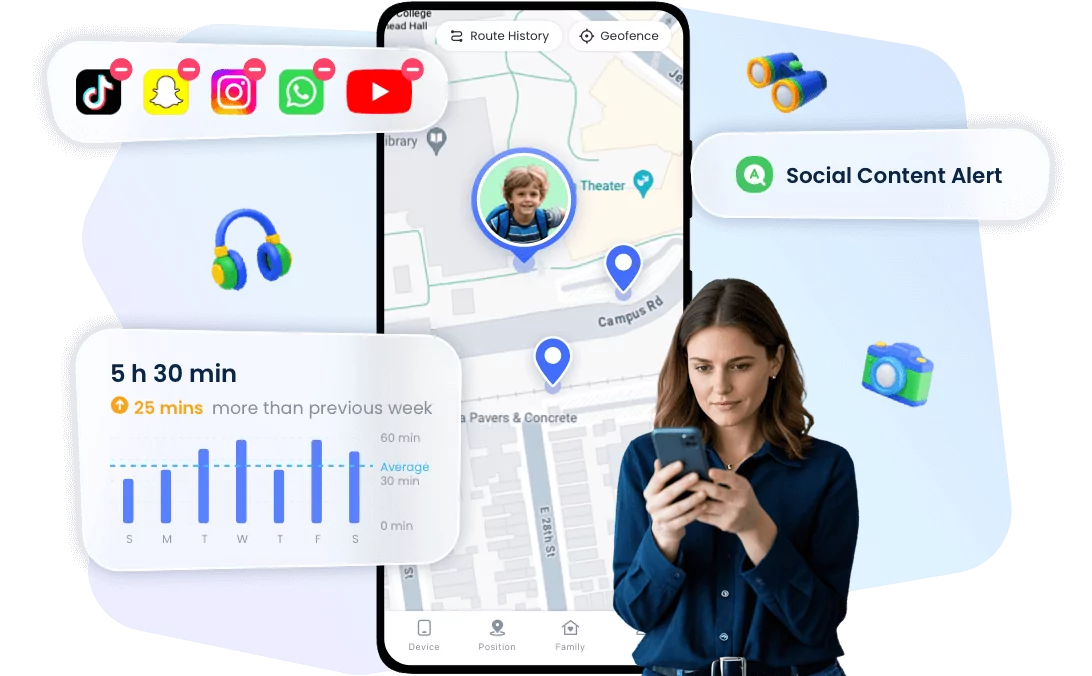
- Focus Mode lets you block apps like Character.AI during school hours, meals, or bedtime
- Screen Time Limits give you control over daily use without needing to constantly enforce rules
- Activity Reports show which apps are used most, helping you spot a growing issue early
AirDroid helps you keep your child safe while respecting their space—and teaches balance instead of fear.
Conclusion: AI Friends Aren't the Enemy — But Need Boundaries
AI-powered conversations can be comforting, funny, even therapeutic. But if you start to feel like you need them, it may be time to take a step back.
I learned that I could still enjoy Character AI—just not at the cost of my relationships, mental health, or sense of self. Balance is possible.
Start with one change. Set one boundary. Choose one hour to go AI-free.
And if you're a parent, remember that guidance matters. Tools like AirDroid Parental Control make it easier than ever to help kids build a healthier relationship with technology.
FAQs: Common Questions About Character AI Addiction



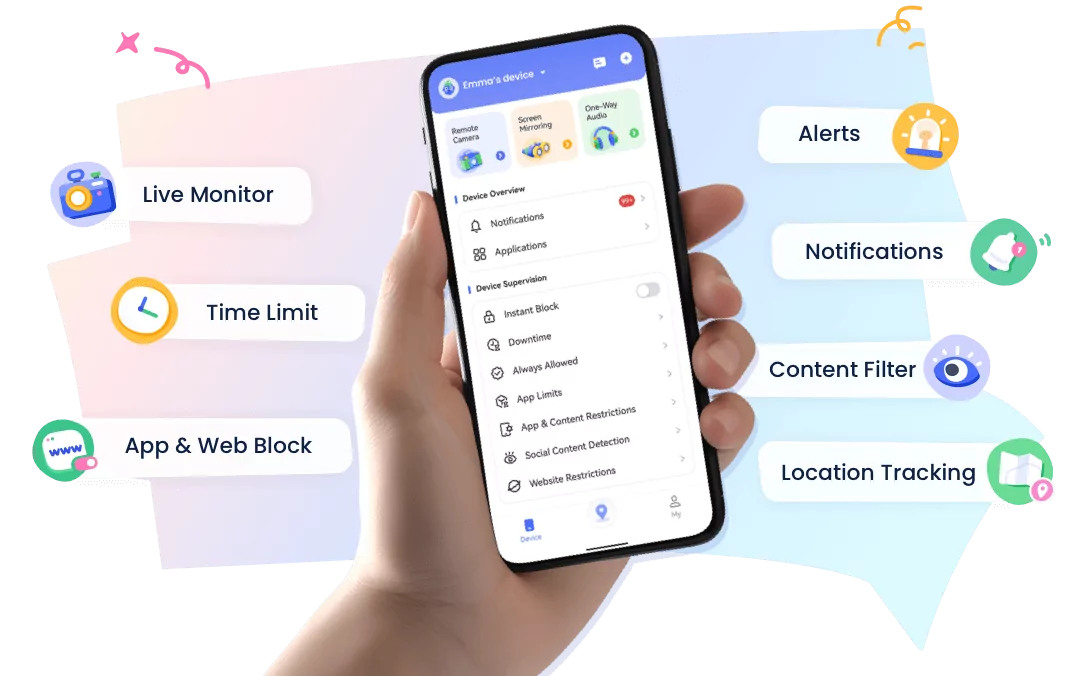





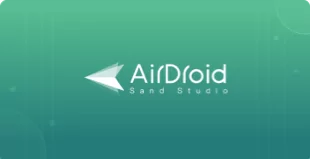
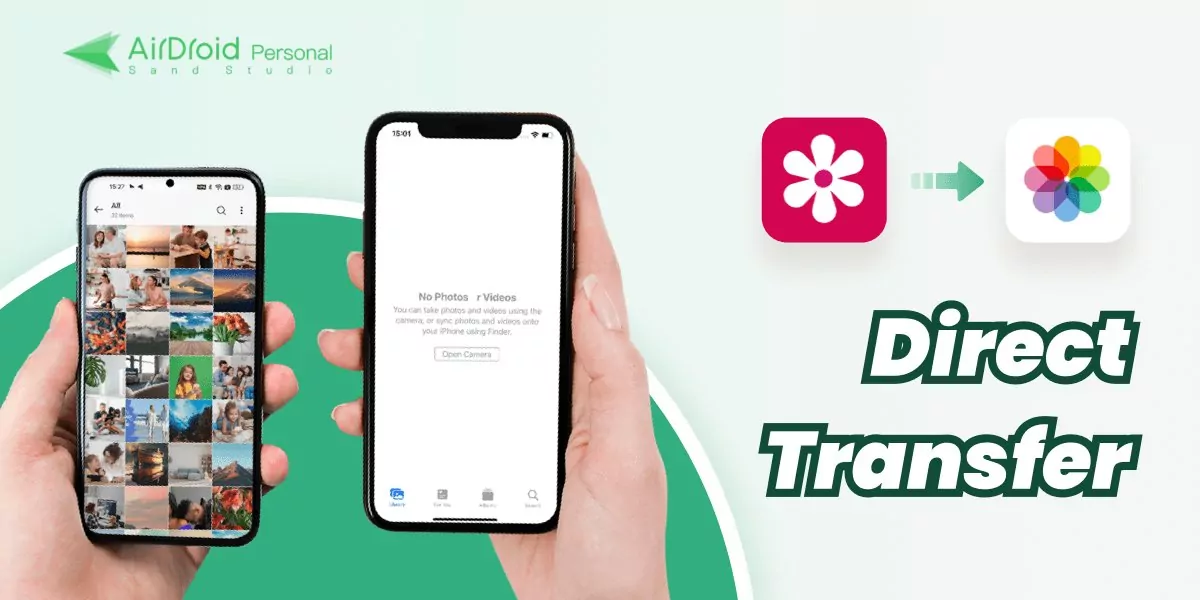
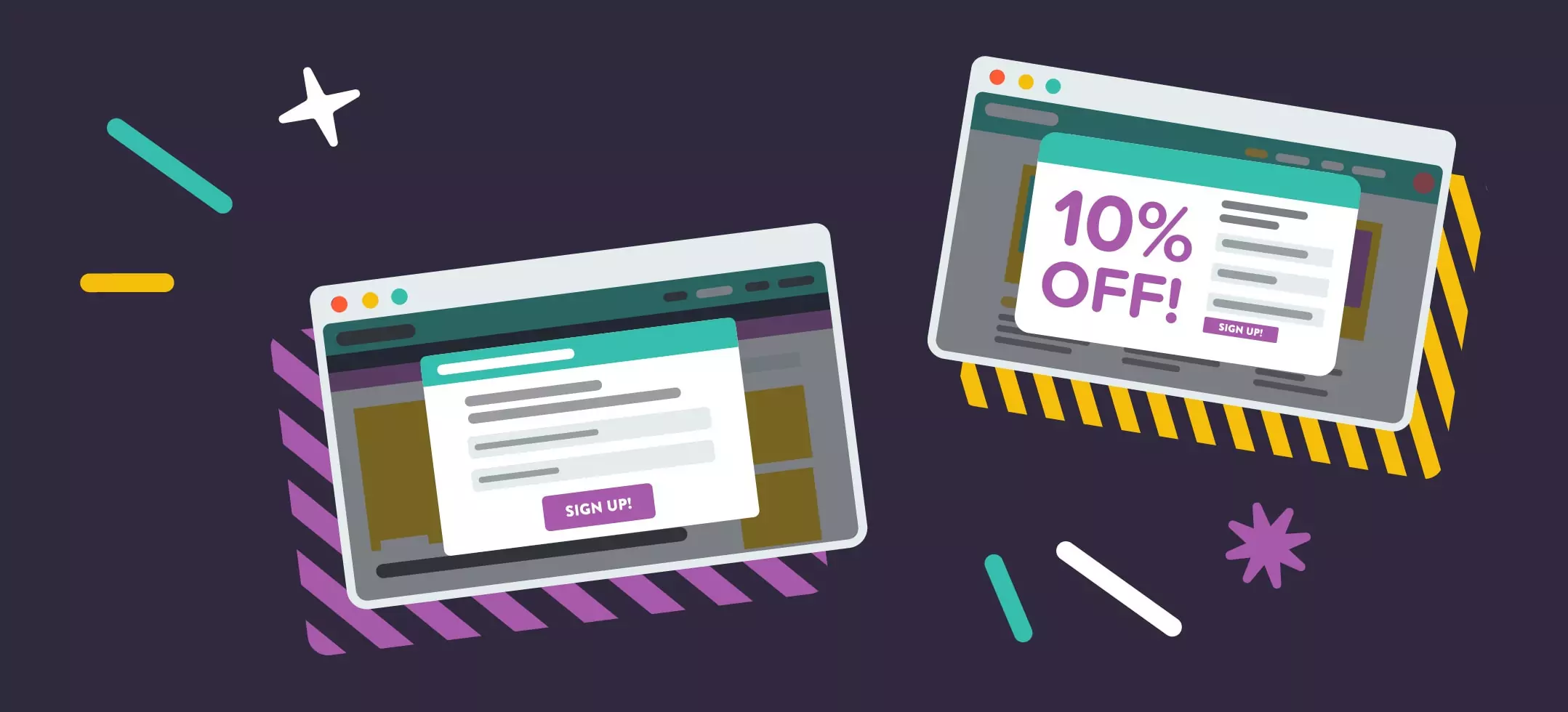


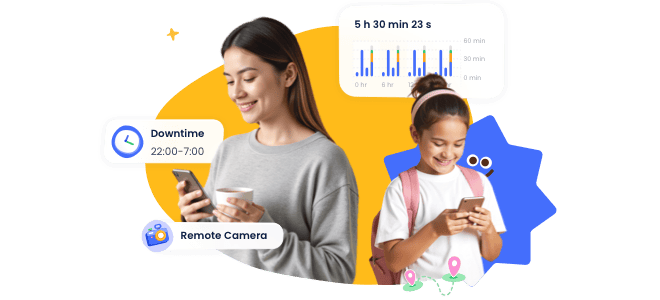

Leave a Reply.